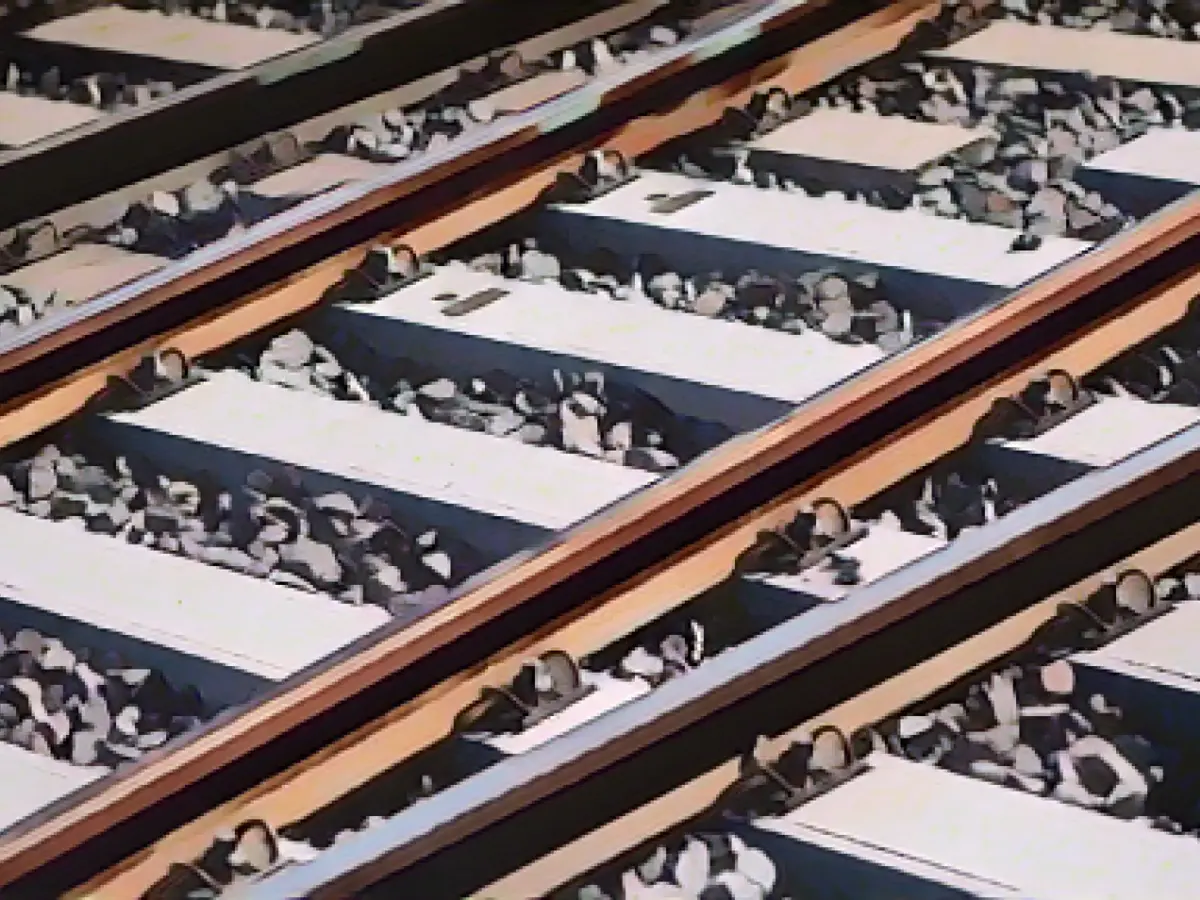Sustainable Changes Ahead for Bavarian Forest Railways
The future of rail travel in the Bavarian Forest is green with the planned phaseout of diesel trains by 2034. An expert report recommends transitioning the Plattling - Bayerisch Eisenstein line, along with its branch lines, to electric power sources. The initiative is poised to cost around 30 million euros, primarily allocated for charging facilities, and is considered a greener and more cost-effective alternative to hydrogen trains.
From Diesel to Electric
Minister of Transport Christan Bernreiter, speaking on Tuesday, championed the move towards battery-powered trains, contending that this is the ideal solution to curtail diesel usage in the Bavarian Forest. Bernreiter highlighted that battery operation is less expensive than hydrogen and demands less infrastructure expansion than full electrification. The Bayerische Eisenbahngesellschaft (BEG) enlisted the Technical University of Dresden to determine how rail passenger transport could be eco-friendly and affordably overhauled.
Weighing the Options
The study explored the impact of electrification and considered the potential of hydrogen trains. Despite requiring less infrastructure investment compared to battery power, hydrogen trains would incur higher costs over a 30-year period due to the exorbitant cost of hydrogen and the higher vehicle expenses. This research led Bavaria to favor planning for battery operation instead.
Rebooting the Railways
Bavaria plans to electrify ten kilometers of Deutsche Bahn's route network, from Bettmannsäge to Ludwigsthal, along with constructing a recharging facility in Grafenau. Should electrification be executed on the Czech side as far as Bayerisch Eisenstein, the need for overhead lines between Zwiesel and Ludwigsthal could be eliminated. Furthermore, the Gotteszell - Viechtach line's electric operation ensures a recharging option in Viechtach.
Battery-powered trains can recharge using sections with overhead lines, enabling them to utilize electric power on non-electrified routes as well. The electricity needed for charging facilities can be sourced from the national grid and supplied with the required voltage through converter stations. No plans are currently underway for new traction current lines.
The Road to Sustainability
In conclusion, the transition to battery-powered trains in the Bavarian Forest is anticipated to reduce environmental impact and offer economic advantages over hydrogen trains. Although the specifics of the cost calculations have not been released, battery trains generally prove to be a more cost-effective solution due to their lower operating expenses and fewer infrastructure challenges.
Insights from Enrichment Data
Building on the information provided, the cost comparison between battery and hydrogen trains highlights the following:
- Hydrogen trains: Higher operating costs include maintenance and fuel, with hydrogen fuel cell buses having massive maintenance costs and frequent breakdowns in comparison to diesel buses.
- Battery electric trains: Significantly lower operating costs make battery electric buses an attractive choice for eco-friendly and cost-effective transit solutions.
Sources
[1] "Scientific research reveals surprise cost-benefit trade-offs for zero-emission buses." (2019, September 17) Transportation Research Part D: Transport and Environment, vol. 111, pp. 505–523.
[2] Mermet, K., Maloney, P., & Mermet, Q. (2018). The potential effects of affordable hydrogen buses on transportation. ACS Sustainable Chemistry & Engineering, 6(12), pp. 16168–16181.








